Academy of Athens
The building of the Academy of Athens is of the era of late neoclassicism.
Location
Timeline
Modern and Contemporary era (1821 - )
1859 Beginning of the first construction phase, based on designs of Theophil Hansen
1863 End of the first construction phase.
1868 Beginning of the second construction phase.
1887 Construction completion.
1890 It was used as a Numismatic Museum.
1914 It was used as a Byzantine Museum and home to the General State Archives.
1926 Became home to the newly-founded Academy of Athens. Inaugurated on the 25th of March by the dictator Theodoros Pangkalos.



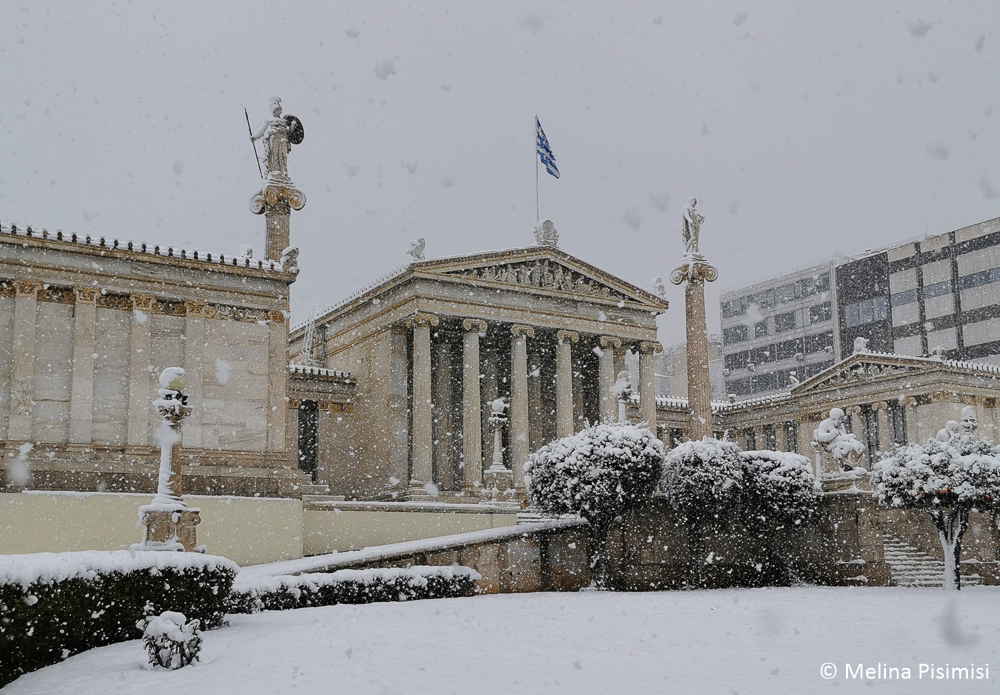

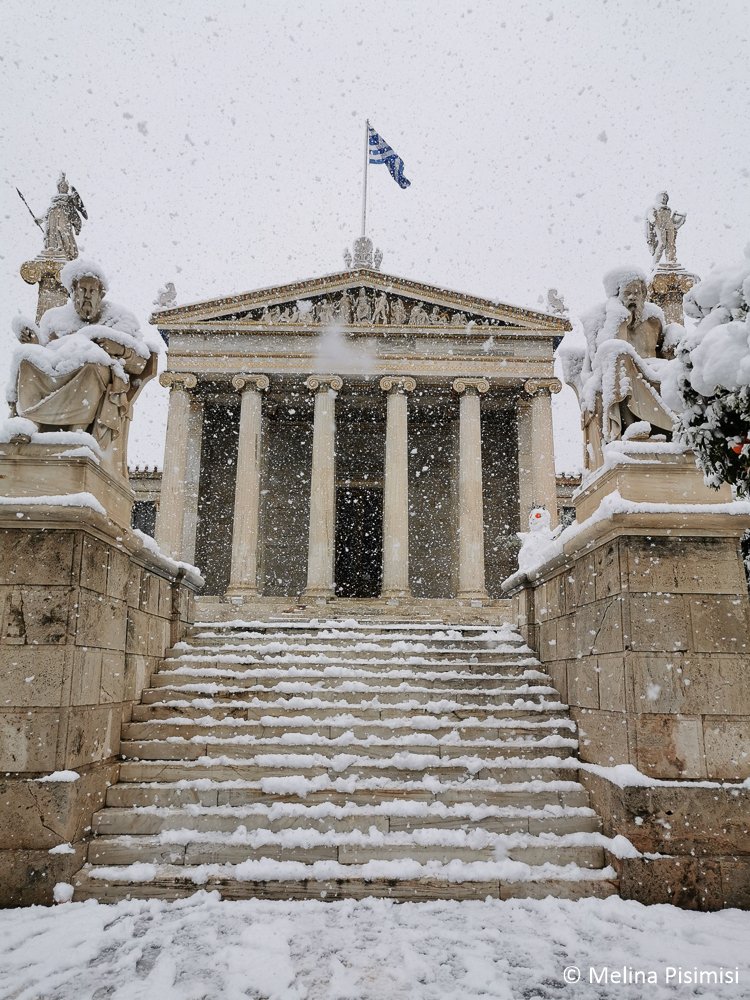





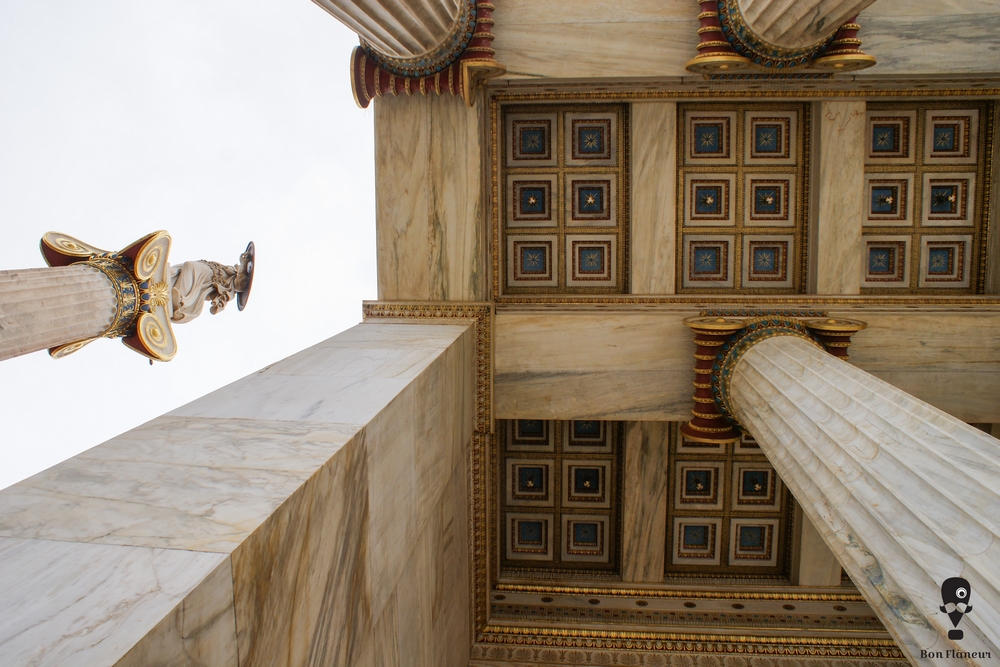
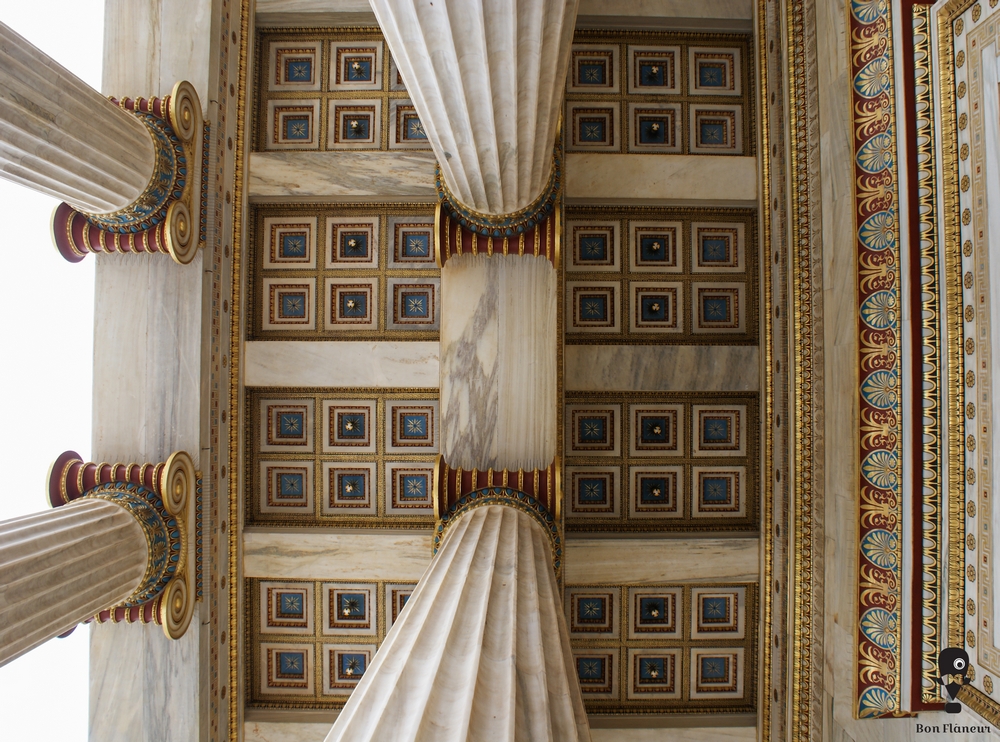
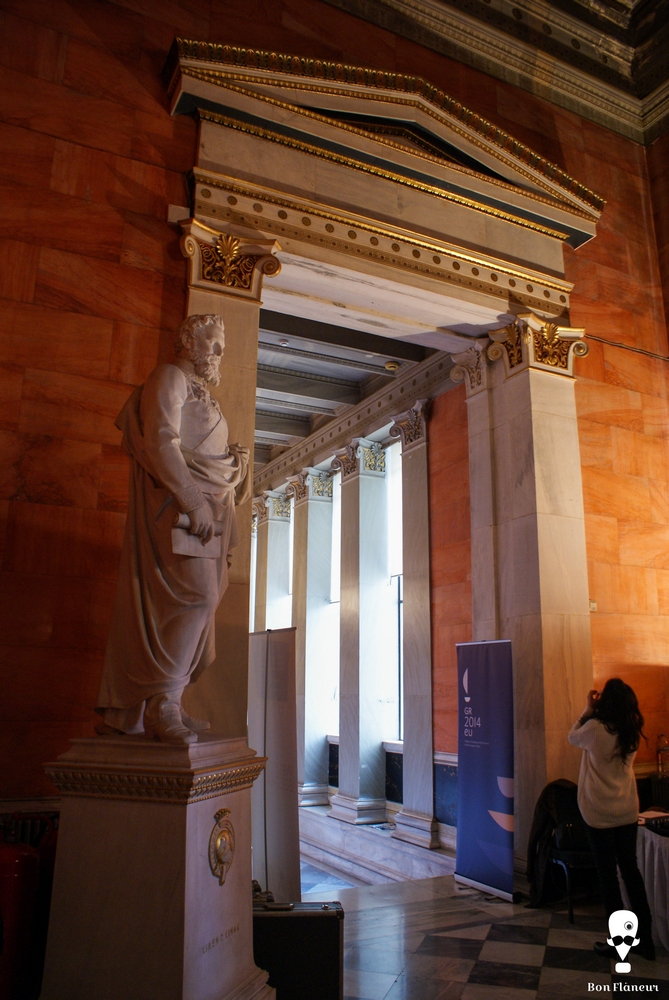
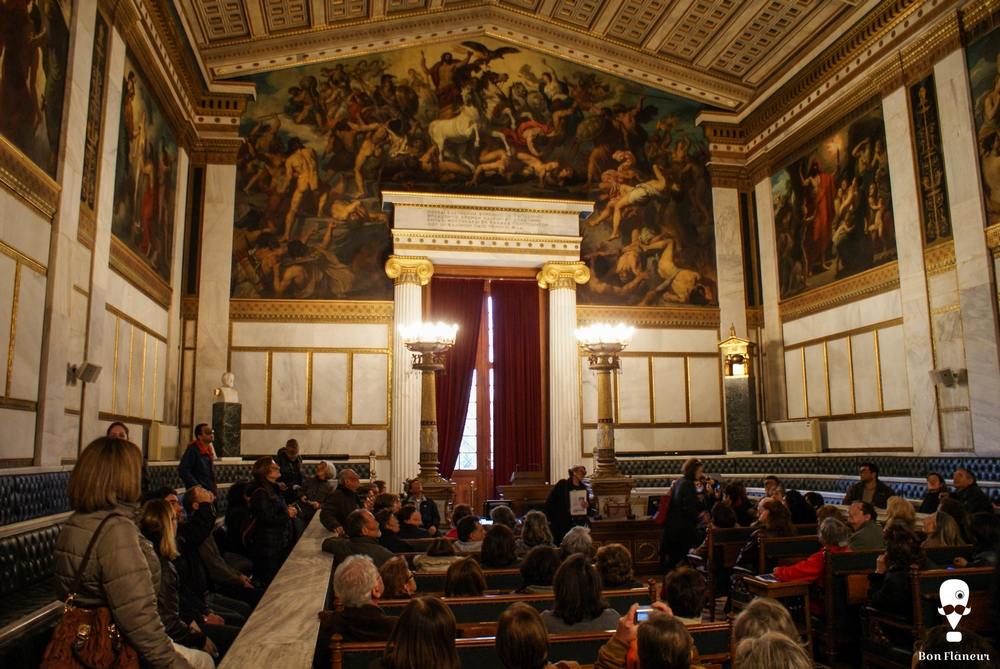

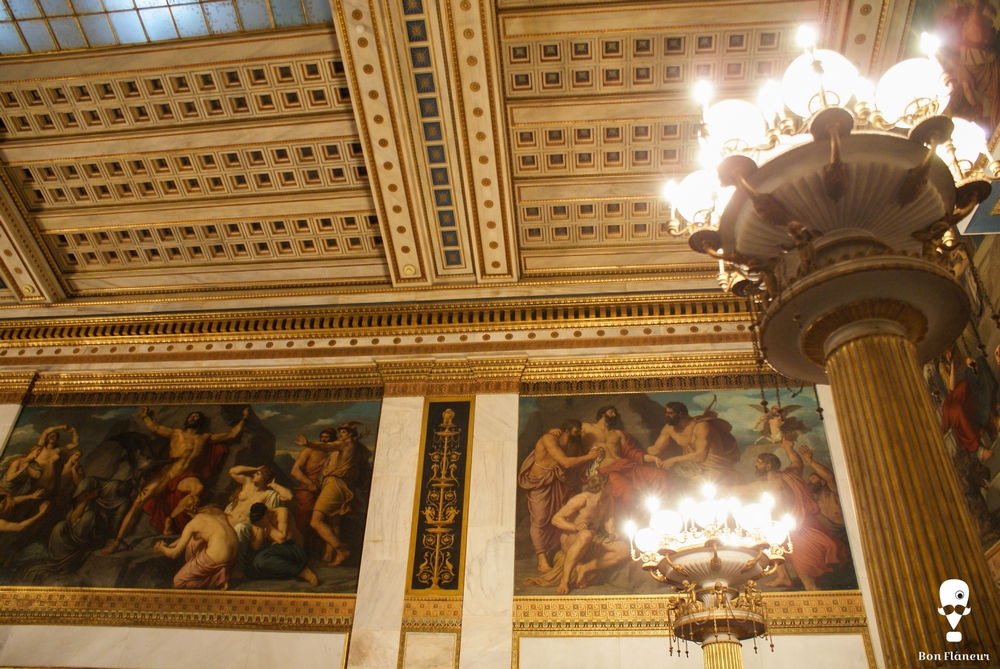

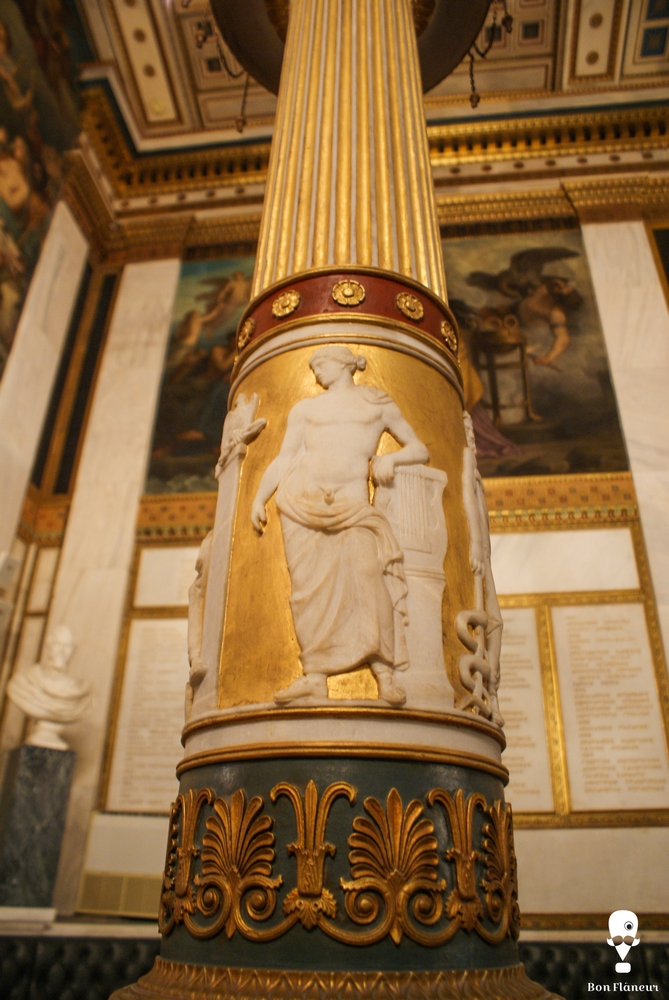


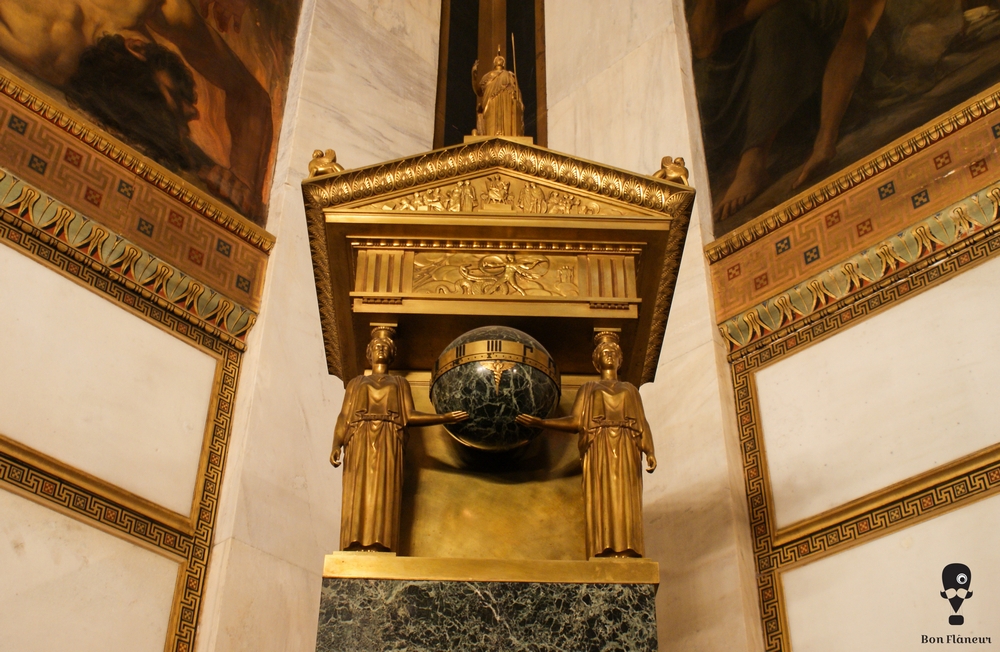

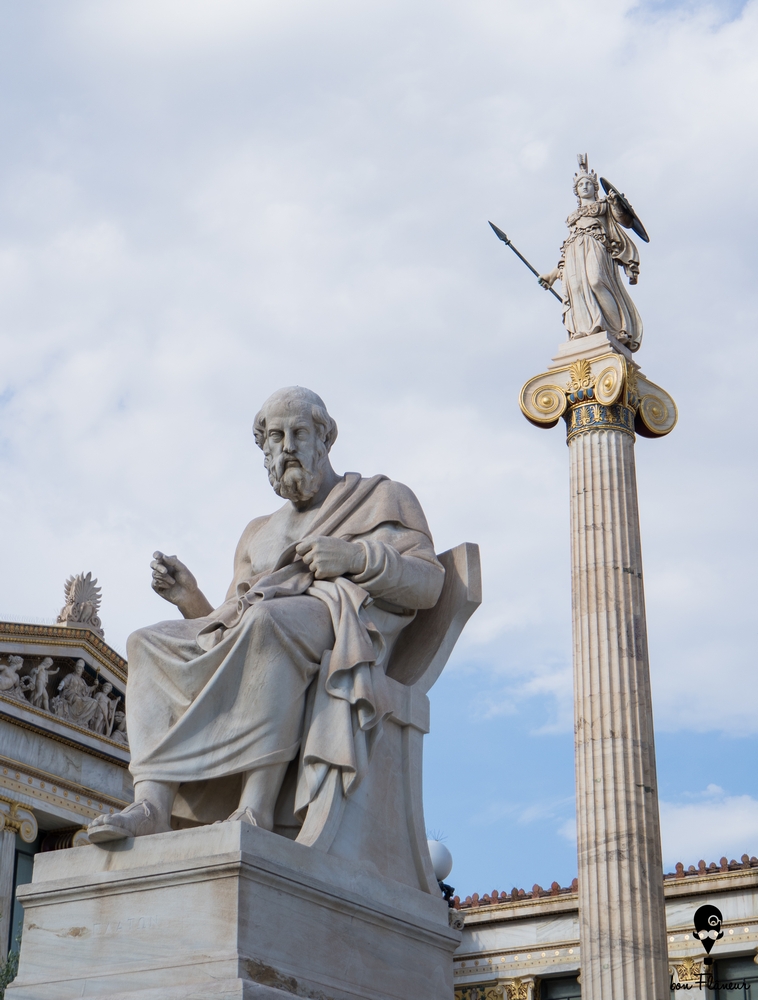

Share